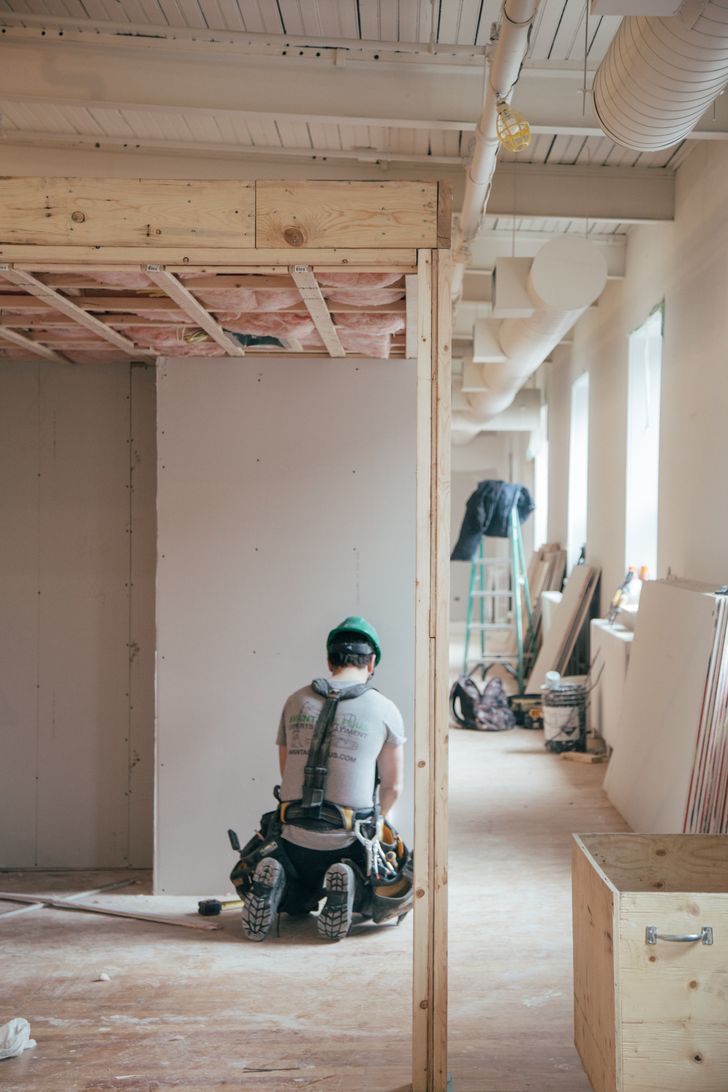In the construction industry, many factors have to be considered before finalizing a project. It is not only about the type or budget of the project that matters. Whenever it comes to land development, companies need to understand how good or suitable the land is for a particular project.
They also need to keep in mind the guidelines and regulations set by the government. A phase one environmental site assessment is a default assessment that has to be carried out.
What is an environmental assessment?
The process of assessing a particular site for construction is called an environmental assessment. This process helps to determine whether a specific location is useful for development or not. With the help of this assessment, construction companies will be able to understand the quality of the soil and water, the mitigating effects of the environment and what kind of clean-up measures have to be considered.
It also helps to determine if the site in question is contaminated or not and to what level the overall budget, costs and risk factors of the project play a role in the project.
Understanding the purpose of a site assessment
Whenever a company is working on a particular project, it needs the help of various kinds of decision-making and planning tools. The site assessment is one such tool that helps in proper planning. It is because the site assessments revolve around two main objectives: to avoid or minimize the occurrence of any environmental effects and to assist in making decisions based on environmental factors.
When should we opt for the environmental assessment?
The environmental assessment is recommended during the early stages of project planning. The minute a site is considered for development, it is advisable to hire the assessor. Since the person is an expert in this field, you can get all the necessary guidance that you would need to develop your project report. Moreover, the ESA will also help determine the project's overall budget based on the submitted reports.
Benefits of Environmental Site Assessments
Most agencies and governments acknowledge that the ESA helps improve the overall success of any project. On a general level, the Environmental Site Assessments gives project developers a better understanding of the site. Some other benefits include: ESA helps to reduce the time and cost of implementation, the necessary changes can be made in the project design based on the ESA and the assessments also help in the acceptance of a particular project.
Through such assessments, a company can avoid violation and impacts of the regulations set by the government. It also helps to improve the overall performance of the project. A person can save a lot of money on the clean-up and treatment costs with the ESA.
On the local front, communities and cities will also stand to gain when an ESA is done. The assessments help create a much healthier environment. It is also suitable for the overall health of the people and also maintains a perfect balance in biodiversity. In addition, the Environmental Site Assessments helps to reduce the possibility of conflicts that may be caused due to the use of natural resources.
The different methods of testing are explained below.
Environmental Site Assessments – Phase One
Phase One ESA helps you to understand the existing or potential contamination liabilities. The observations mentioned address the physical improvements and underlying land concerns. The Phase One report will also help to understand if there are hazardous substances of chemical residues on site. If there is a possibility of contamination, then a Phase Two ESA is recommended.
Environmental Site Assessments – Phase Two
AKA Subsurface Investigation is the process where samples are collected for better analysis. This intrusive investigation is done with the help of building materials, groundwater or even soil. The samples are tested to understand the quantitative values of contaminants.
The testing will reveal if substances like mold, lead, asbestos, solvents, pesticides, heavy metals and even petroleum hydrocarbons are present. The phase two environmental site assessment also helps if you want to consider annoying placements since you can get the water tested.
Environmental Site Assessments – Phase Three
AKA Remedial Design and Application, Phase Three ESA, helps to understand the site's remediation. This assessment helps to understand the exact position of the contamination when a clean-up is recommended. The report gives a detailed explanation of the kind of clean-up that is needed. It also helps to understand the logistics and cost of the clean-up.
Underground Storage Tank Closures
AKA UST poses a high threat of containing contaminants from the soil. A special report is prepared based on the sample analysis taken from an underground storage tank closure in such cases. The report and the review are done based on the federal and state guidelines. This report will also help to understand if it is safe to use the UST or not.









































